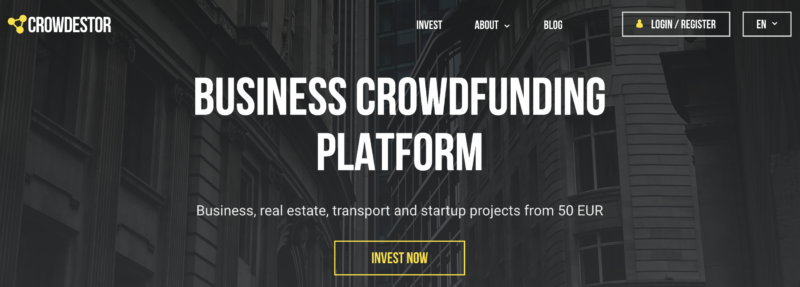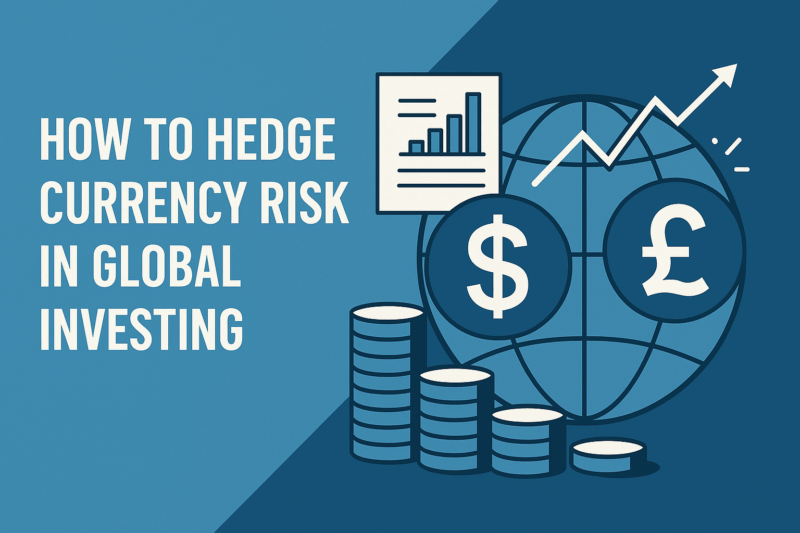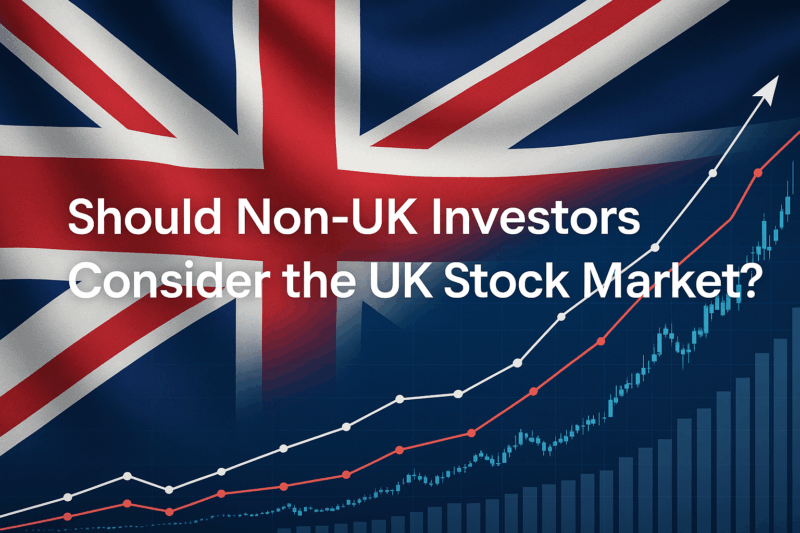When I first came across Crowdestor, I was intrigued. The European P2P platform had that slick, high-return, high-risk appeal—offering access to business loans, real estate, and startup financing, often with double-digit returns. It felt like the edgy cousin of Mintos or Bondora. But fast forward to today, and Crowdestor has become a textbook example of what can go wrong when aggressive marketing meets weak underwriting and zero accountability.
The Pitch vs. The Reality
Crowdestor sold a dream: investing in Baltic startups, restaurants, and real estate developments with the promise of 15–20% annual returns. The projects looked polished, the platform UI was clean, and the team seemed ambitious. But in hindsight, most of that turned out to be marketing fluff. The actual risk analysis was shallow at best. There was little transparency around borrower vetting, and in many cases, it seems loans were given to ideas rather than businesses with proven track records.
Default City
As of 2025, the number of non-performing loans on Crowdestor is staggering. It’s hard to get reliable figures because they don’t exactly lead with transparency, but if you’ve been following the platform—or worse, invested in it—you’ll know what I’m talking about. Delayed projects, vanished borrowers, and defaulted repayments have become the norm.
Some investors have portfolios where over 80% of loans are late or in recovery. That’s not a bump in the road—that’s a platform-wide failure of underwriting and follow-through. And let’s not even talk about the “Recovery Fund” they hyped up back in the day—it ended up being more of a PR gimmick than a real safety net.
The Communication Problem
Crowdestor’s investor updates are sporadic, vague, and often just an attempt to buy more time. You’ll get phrases like “we’re in negotiations,” “borrower communication ongoing,” or “legal steps under review.” It’s the same cycle: delay, deflect, disappear.
To make matters worse, they’ve pivoted to new ventures—launching crypto experiments and trying to push new products—while the original investors are left holding the bag. That tells me everything I need to know about their priorities.
My Experience
I tested the waters on Crowdestor early on, as I usually do with emerging platforms. Thankfully, I never committed more than I could afford to lose, because that’s exactly what happened. The platform became a graveyard of broken projects and empty promises. The ROI? Negative, both financially and in terms of time wasted trying to follow up on dozens of dead-end updates.
Lesson Learned
Crowdestor is a cautionary tale—one that highlights just how quickly things can unravel when flashy returns aren’t backed by solid fundamentals. In the end, it’s not about the platform’s pitch or branding—it’s about governance, accountability, and whether they actually care about their investors.
If you’re still on Crowdestor hoping for a turnaround, I genuinely hope you see some recovery. But I’ve moved on. There are better places to put your capital—places where risk is real, but at least the rules of the game are clear and enforced.
As always, don’t chase yield blindly. Look for transparency, skin in the game, and a track record that actually means something.

 Over the past few years, I’ve used options as a way to generate consistent income from stocks I own or follow closely. Like many traders, I gravitated toward weekly options. They’re fast, frequent, and seemingly efficient. Whether I was writing covered calls on MicroStrategy or selling cash-secured puts on Alphabet, the weekly premiums felt like a reliable source of cash flow.
Over the past few years, I’ve used options as a way to generate consistent income from stocks I own or follow closely. Like many traders, I gravitated toward weekly options. They’re fast, frequent, and seemingly efficient. Whether I was writing covered calls on MicroStrategy or selling cash-secured puts on Alphabet, the weekly premiums felt like a reliable source of cash flow.
 Investing across borders opens up new opportunities for yield, growth, and diversification. But with international investing comes exposure to foreign currencies—and that means currency risk.If your home currency is the euro, US dollar, or any other, and you invest in assets priced in a different currency (like the British pound, Japanese yen, or Swiss franc), shifts in exchange rates will impact your actual return. Even if the investment performs well in local terms, currency fluctuations can boost or shrink your returns once converted back.Fortunately, there are effective strategies to manage this risk. Below are three simple approaches retail investors can use—along with a deeper look into how currency-hedged ETFs actually work.
Investing across borders opens up new opportunities for yield, growth, and diversification. But with international investing comes exposure to foreign currencies—and that means currency risk.If your home currency is the euro, US dollar, or any other, and you invest in assets priced in a different currency (like the British pound, Japanese yen, or Swiss franc), shifts in exchange rates will impact your actual return. Even if the investment performs well in local terms, currency fluctuations can boost or shrink your returns once converted back.Fortunately, there are effective strategies to manage this risk. Below are three simple approaches retail investors can use—along with a deeper look into how currency-hedged ETFs actually work.
 In the global investing landscape, the UK stock market often flies under the radar. It lacks the tech-heavy glamour of the US or the hyper-growth potential of emerging markets. Yet, a recent conversation with a long-time UK-based investor made me pause.
In the global investing landscape, the UK stock market often flies under the radar. It lacks the tech-heavy glamour of the US or the hyper-growth potential of emerging markets. Yet, a recent conversation with a long-time UK-based investor made me pause.